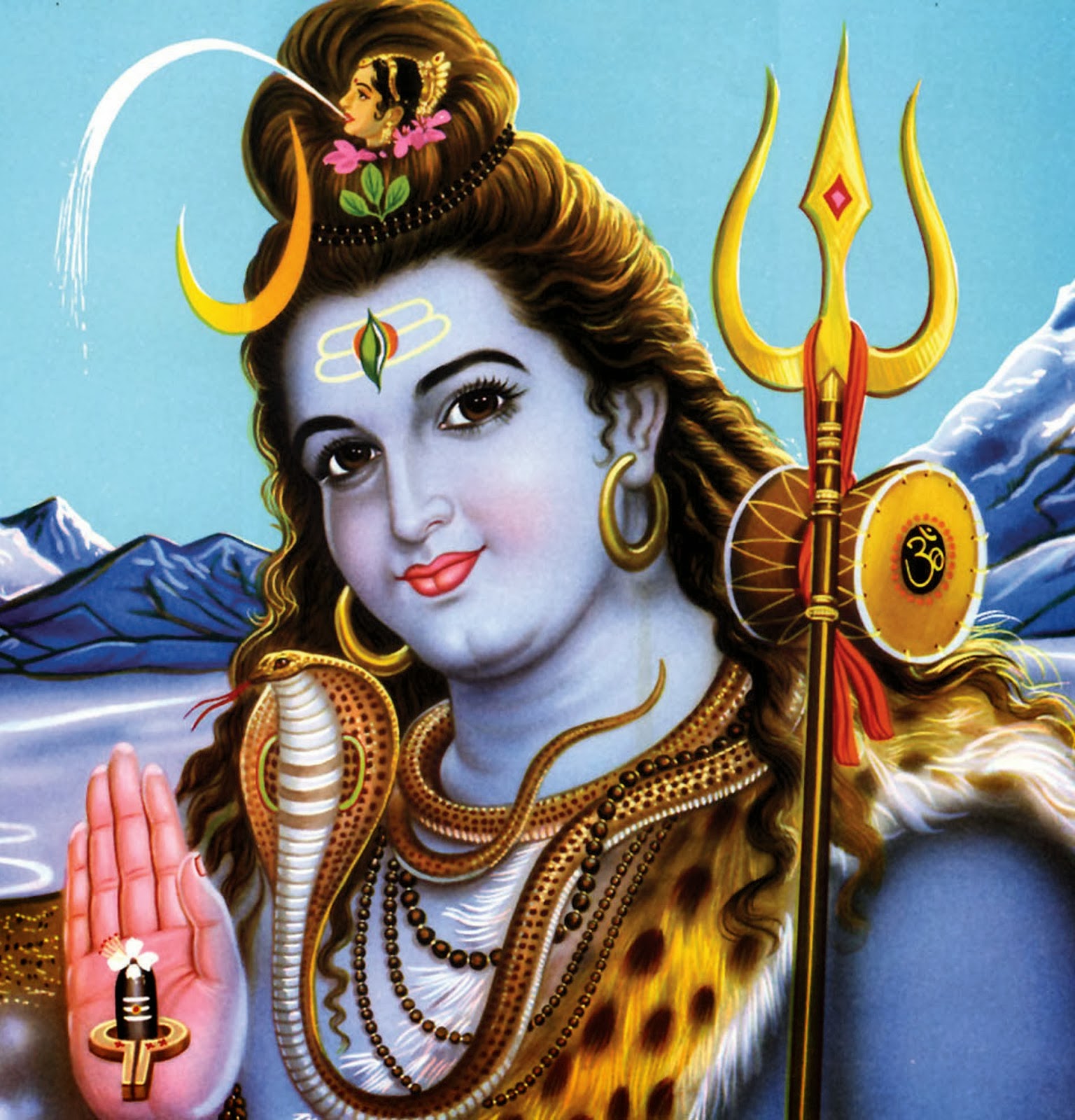
I came because I sought to understand the transformation that happens beneath the elaborate costumes and makeup of Theyyam - what has compelled a long file of devotees to patiently wait in front of the potbellied man before me. But that’s not what brought me here my native India is rife with mesmerizing traditions to document. Theyyam festivities last from October to May, with remote villages dotted across rural Malabar serving as a rotating stage for the syncretic ritual.Īs a photographer, I find the visual spectacle irresistible. Dating back at least 1,500 years, the sights and sounds of Theyyam transform temples and kavus such as this one. This is Theyyam, known across India and beyond as one of the most vibrant folk traditions to revere living gods - and what drew me to these pitch-dark streets. The oracles, in their exalted state of trance, are believed to acquire divine powers to heal and foretell the future. As an oracle, he had channeled Theechamundi, his body a mortal frame for the deity’s incarnation. Moments earlier, Rejith told me, this weary man before us would have staggered across the clearing as Theechamundi, a demon-slaying Hindu goddess.

#Hindu god faces driver
I turned to Rejith, my driver and guide, a lanky, middle-aged man with a thick mustache. Sweat lines trickled down his face, smudged in red and black. Under a purple sky, in the middle of a small clearing hemmed in with a humid, tropical forest, a stocky, bleary man sat ceremonially on a chair. I had arrived at a kavu, or sacred grove, inside a small forest outside the town of Kannur, along the coastal Malabar region of southwest India. But they are no longer the same - that much is clear.Ī couple hours earlier - sometime after 3 a.m. I watch in awe, recognizing the form of the person I stood beside just moments before. She begins strutting around the courtyard, her movements abrupt and apparently uncontrollable. Black paint encircles her bulging, unblinking eyes, which stare belligerently. Red paint crisscrosses the goddess’s chest and muscular upper arms orange splotches streak her face. The crowd recoils with a collective gasp as the incarnation of Puthiya Bhagavathy bounds into the courtyard. A blood-curdling yell rises from the shadows behind the clearing, followed by maniacal laughter. Without notice, the tempo increases, cuing those gathered to fall silent, as the beats build to a feverish crescendo. Onlookers gather at the perimeter of the courtyard. Slow drumbeats rumble through the chaos, the rhythm rapped out by a squadron clad in white.

Their sweaty torsos gleam in the faint light of burning embers, neatly mounded nearby, and a scarce scattering of oil lamps. Bare-chested men, knee-length white lungis draped around their midriff, run through the dark. For instance, when the god Shiva is depicted with three heads, the central face represents his basic nature, while the flanking faces represent his ferocious and blissful nature.A tobacco-colored gloom pervades the temple courtyard. The above image represents the numerous parts of this God’s personality. Occasionally, Hindu God is also shown with multiple heads. What does God with Multiple Heads Signify ? It is stated that Ganesha offers modak (sweets) in exchange for sadhana (penances) performed with the modak in his lower left hand. He holds a rope on his left-hand index finger to draw worshippers closer to the spiritual path. Holding an axe in his right upper hand, Ganesha represents detachment, which is to sever all ties. In this gesture, Ganesha’s lower right hand represents his grace, blessings, and protection along the path of life. The Abhaya Mudra is a fearless gesture (Abhaya = fearless, mudra = gesture). Typically, Gods are depicted with four arms, each holding an object with a distinct meaning. The number of arms changes based on the depicted symbolism. For instance, when the fingers are pointing downward, they represent the altruistic nature of God, and when the fingers are pointed upward, they convey the protecting aspect of God. Some vacant hands are depicted with varied mudras (positions) of the fingers and palms that represent God’s attributes. What do the Multiple arms of the Hindu God signify ?Įach hand holds an object that represents the numerous attributes of its respective God.

The Multiple arms of Hindu Gods and Goddesses demonstrate the superiority of the Gods over humans. It demonstrates their enormous strength and ability to conduct multiple actions simultaneously. The depiction of Hindu Gods with Multiple arms in human form is the artist’s attempt to convey the gods’ tremendous powers. When engaged in combat with cosmic forces, these multiple arms become visible. Gods in Hinduism are frequently shown to have multiple arms.


 0 kommentar(er)
0 kommentar(er)
